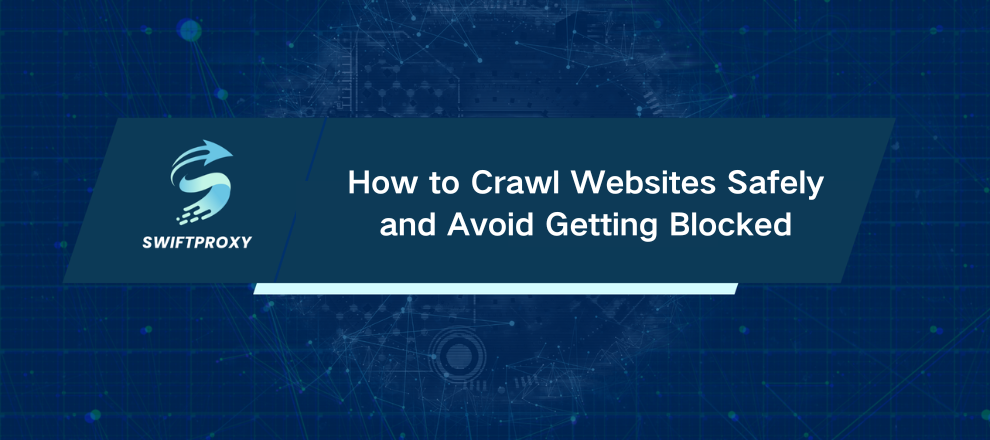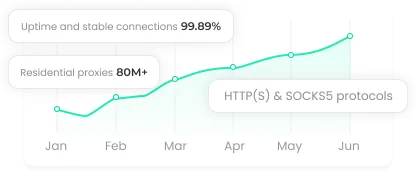How to Crawl Websites Safely and Avoid Getting Blocked
Every second, millions of websites are updated. Yet, a surprising amount of valuable public data remains just out of reach for analysts, researchers, and business intelligence teams. The catch? Crawling too aggressively or carelessly can get you blocked in seconds. Web crawling isn’t just a technical skill—it’s an art. Doing it right means blending speed, stealth, and strategy. If your goal is to gather insights without triggering alarms, this guide lays out the methods, tools, and tricks that actually work in 2025.

Is Crawling a Website Legal
Before you dive in, pause and check your legality radar. Most sites permit some form of public data extraction—but only within the boundaries set by their robots.txt files. Ignoring these rules isn't just bad practice; it can put you on the wrong side of the law.
Review a site's robots.txt. If critical data isn't available, see if they offer a public API. And if you're unsure? Ask for permission. A simple email can save you headaches later.
How to Conceal Your IP When Scraping
Websites track requests, and repeated hits from a single IP scream "bot." The solution? Proxies. By routing requests through residential or datacenter proxies, you simulate multiple users while staying under the radar. Mix proxy types for maximum anonymity during your crawling sessions.
Methods to Crawl Without Getting Blocked
Here's the meat of it. These tactics combine technical precision with practical know-how.
Check the Robots.txt
Always start here. Respect the pages marked off-limits. For example, avoid login pages or admin sections—this maintains good crawling etiquette and protects you legally.
Use a Reliable Proxy Service
A trusted proxy list is essential. The more diverse your proxy locations, the easier it is to bypass geo-restrictions and reduce block risks.
Rotate IP Addresses Regularly
Single-IP requests get flagged fast. Rotate frequently to mimic multiple users browsing naturally.
Use Real User Proxies
Go beyond datacenter proxies. Residential IPs reflect genuine users and drastically reduce detection likelihood.
Set Your Fingerprint Right
Advanced anti-bot systems track network and browser fingerprints. Keep yours consistent and natural to avoid detection.
Avoid Honeypot Traps
Some sites use invisible links to catch bots. Don't click on anything suspicious.
Use CAPTCHA Solving Services
When a site challenges you with CAPTCHAs, dedicated services can solve them automatically—no manual effort needed.
Randomize Your Crawling Pattern
Predictable requests trigger blocks. Randomize navigation order, add pauses, and simulate human browsing behavior.
Slow Down the Scraper
Rapid-fire requests are the fastest way to get banned. Insert random wait times to mimic natural browsing.
Crawl During Off-Peak Hours
Late nights and early mornings are gold. Lower traffic reduces server strain and decreases anti-bot triggers.
Skip Images
Unless essential, avoid scraping images. They increase bandwidth usage and risk copyright issues.
Limit JavaScript Scraping
Dynamic content is tricky and more detectable. Focus on static HTML where possible.
Use a Headless Browser
Need dynamic content? Headless browsers render pages without showing a GUI, giving you the benefits of a real browser without exposing your crawler.
Leverage Google's Cache
When direct scraping fails, extract data from cached pages. It's a safe, low-risk alternative.
Conclusion
Crawling websites in 2025 isn't about brute force—it's about strategy. Respect site rules, rotate proxies, simulate real users, and adapt your patterns. By implementing these tactics, you can extract data efficiently, ethically, and with minimal risk of getting blocked.


















































